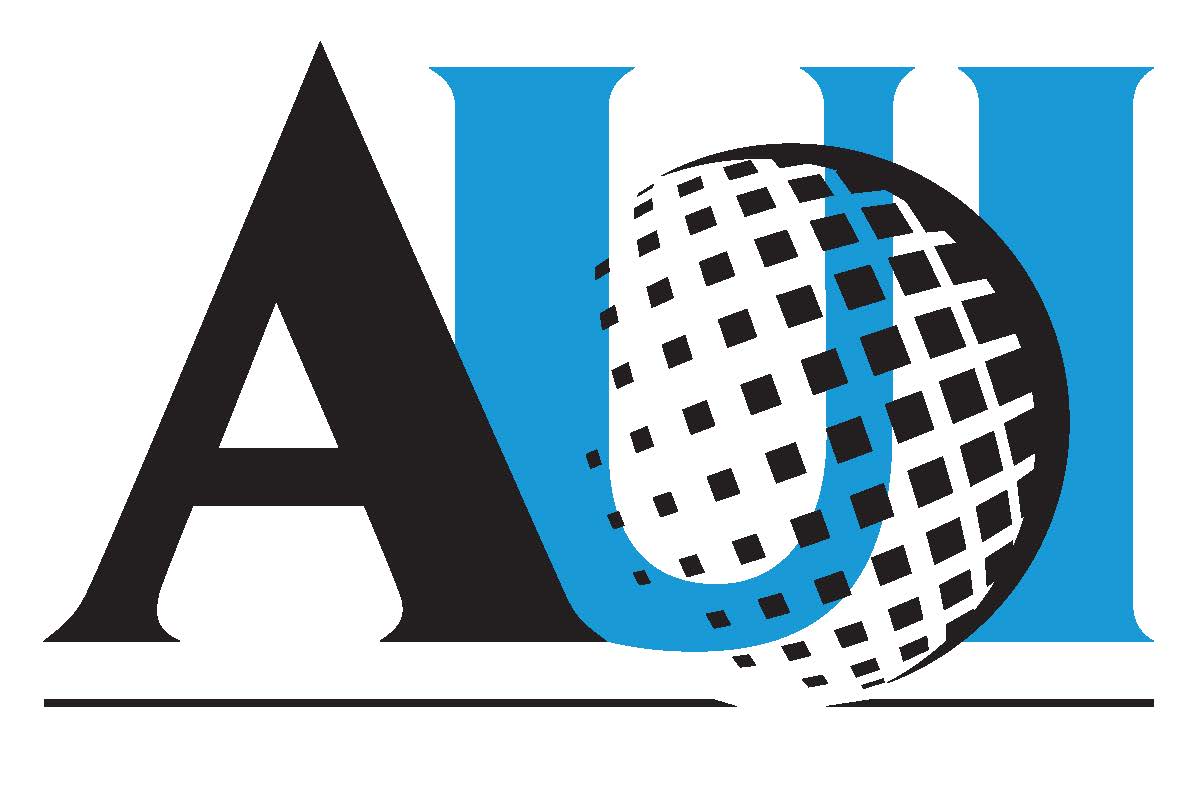ASTRO ACCEL brings together researchers and practitioners in the domains of astronomy education, engagement, communication and culture to connect stakeholders and advance these areas of research, proudly unveils its inaugural cohort of eight early career researchers.
Recent News
NSF Funds New Opportunity for Undergraduate Students
AUI and UNC-Chapel Hill are currently seeking undergraduate students to contribute to cutting-edge research in astronomy education. This paid opportunity, open to education and STEM majors, explores the impacts of new curriculum centered on the use of robotic telescopes.
Stellar Explosions and Cosmic Chemistry
Astronomers have discovered the secrets of a starburst galaxy producing new stars at a rate much faster than our Milk Way. This research revealed many different molecules, more than ever seen before in a galaxy like this.
Next Generation Very Large Array Workshop: 4 January 2016
Next Generation Very Large Array Workshop 2016
Monday, 4 January 2016, 09:00 – 17:00 EST
AAS Meeting Venue: Gaylord Palms Convention Center, Sun B
Kissimmee, Florida, USA
Radio astronomy is playing a leading role in opening new discovery space, imaging the earliest phases of planet and star formation, studying the cool dust and gas that drive star formation in galaxies across cosmic time, observing energetic and time-varying phenomena ranging from compact stars to distant Active Galactic Nuclei, and testing the fundamental laws of physics and cosmology.
Inspired by dramatic discoveries from the Jansky Very Large Array and the Atacama Large Millimeter/submillimeter Array (ALMA), the community has initiated discussion of a future facility at short centimeter wavelengths that will enable a major step in imaging thermal emission from the cosmos at milliarcsecond resolution: a next generation Very Large Array (ngVLA). The past year has seen rapid progress in the ngVLA science case and technical requirements, building from an NRAO-sponsored community workshop held at the January 2015 American Astronomical Society (AAS) meeting. The ngVLA is part of the broader astronomy community discussion of future science opportunities and instrumentation.
The NRAO is organizing a one-day workshop on Monday, 4 January 2016 to discuss concepts for a next generation Very Large Array (ngVLA). This workshop will take place immediately prior to the January 2016 American Astronomical Society (AAS) meeting in Kissimmee, Florida, and will update the AAS membership on progress toward the ngVLA concept.
This ngVLA Workshop will foster broad community discussion of the ngVLA science case and technical challenges and will include:
- Presentation of the current ngVLA science program by community leaders;
- Discussion of the technical requirements and challenges emerging from the science program;
- Contributed science talks that expand the ngVLA science case; and
- Discussion of ngVLA synergies with other science facilities, such as ALMA, James Webb Space Telescope, High Definition Space Telescope, Square Kilometre Array, and Thirty Meter Telescope.
This ngVLA Workshop will span a full day (9 a.m. – 5 p.m. EST). The morning will be dedicated to science presentations, and the afternoon will focus on high-level technical issues, with substantial open discussion time. We request attendees register so that we can be adequately plan for seating and refreshments, but registration is not required to attend.
Visit the ngVLA Project webpages for additional information. There is no fee for registration or attendance, but please register so we have an accurate head count for the workshop.
No fee, but please register for head count.
We look forward to seeing everyone in Kissimmee on Monday, 4 January 2016!
Recent News
ASTRO ACCEL Announces Inaugural Cohort of Early Career Researchers
ASTRO ACCEL brings together researchers and practitioners in the domains of astronomy education, engagement, communication and culture to connect stakeholders and advance these areas of research, proudly unveils its inaugural cohort of eight early career researchers.
NSF Funds New Opportunity for Undergraduate Students
AUI and UNC-Chapel Hill are currently seeking undergraduate students to contribute to cutting-edge research in astronomy education. This paid opportunity, open to education and STEM majors, explores the impacts of new curriculum centered on the use of robotic telescopes.
Stellar Explosions and Cosmic Chemistry
Astronomers have discovered the secrets of a starburst galaxy producing new stars at a rate much faster than our Milk Way. This research revealed many different molecules, more than ever seen before in a galaxy like this.
